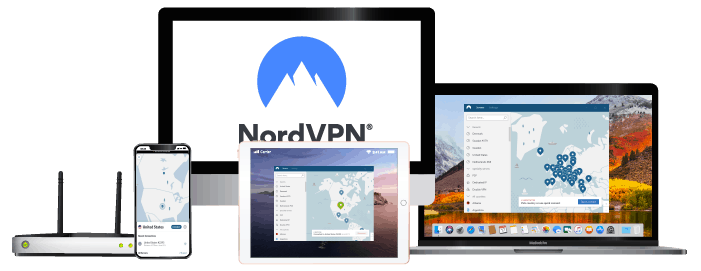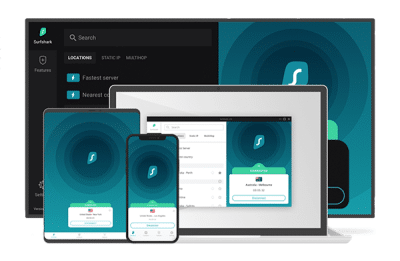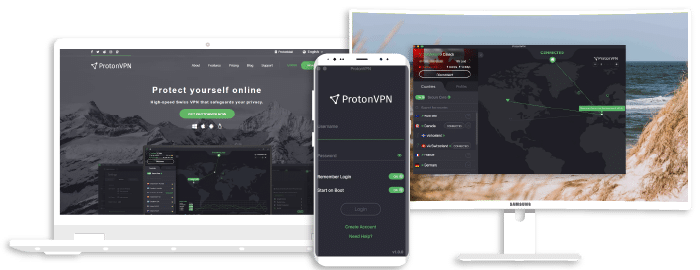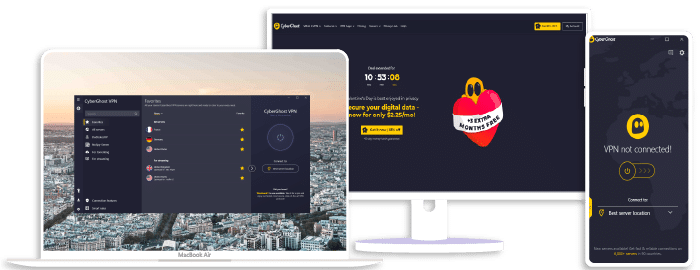How to Change NAT Type?
Are you wrestling with a stubborn NAT Type that just won’t let you play your favorite multiplayer games smoothly? If you’ve found yourself here, I’m guessing that’s a yes. NAT, or Network Address Translation, acts as a security measure, but can also cause various gaming issues. Fortunately, there’s a way to change it, and I’m here to guide you through every step.
The process involves some tweaks to your router settings or using a reliable VPN like ExpressVPN, NordVPN, or SurfShark. Each of these VPNs is a champ at bypassing geo-restrictions and making your online gaming experience seamless. By the end of this article, I assure you that changing your NAT type will be a walk in the park.
It’s important to remember that your NAT Type determines who you can play with and how effectively your console can communicate with other devices. Choosing the right VPN service can have a significant impact on your gaming experience. So buckle up, and let’s dive right in! Don’t worry, you’ll be scoring victories in your online games in no time.
ExpressVPN
Overall score: 9.8
- 3,000+ servers across 105 countries
- Works with streaming platforms
- AES 256-bit encryption
- Supports private protocol, Lightway
- Money-back guarantee
30-day money-back guarantee
NordVPN
Overall score: 9.6
- 8,700+ servers available in 129 countries
- Connect up to 10 devices simultaneously
- Great security features
- Verified no-logs policy
- Unblocks streaming platforms
30-day money-back guarantee
Surfshark
Overall score: 9.5
- 4,500+ servers in 100+ countries
- Allows unlimited simultaneous connections
- Integrates stealth mode
- Multihop feature available
- Webcam protection from unauthorized apps
30-day money-back guarantee
Proton VPN
Overall score: 9.4
- 15,800+ servers in 125+ countries
- Free version available
- Strong security features
- Reliable no-logs policy
- Allows Perfect Forward Secrecy
30-Day Money-Back Guarantee
CyberGhost
Overall score: 9
- 9,300+ reliable servers in 100 countries
- 45-day money-back guarantee
- Strict no-log policy
- Tough security features
45-Day Money-Back Guarantee
Understanding NAT Type: What It Is and Why It Matters?
Did you ever stop to consider the type of connection your internet employs? Well, there are distinct types, each with its own set of perks and drawbacks. Today, let’s talk about NAT — which stands for Network Address Translation — what it is about, and why it’s important for your connection.
You may have come across the jargon – open, moderate, and strict NAT types, especially when engaging in multiplayer gaming. Why so? Well, issues may arise while trying to play multiplayer games using a strict NAT type, which brings us to the topic at hand – how do you change your NAT type? I’ll be your guide through the various methods to accomplish this, shedding light on how to adjust your router settings and troubleshoot connectivity issues.
First off, what’s NAT and its purpose? Simply put, NAT is a technology employed primarily by firewalls and routers that lets multiple devices on a LAN with ‘private’ IP addresses share a single public IP address. It’s a sort of protective measure that allows for enhanced security by concealing the internal network structure and each IP address from the outside world. Moreover, it helps to save the limited public IP addresses we have. Sounds great, right? But, like everything else, NAT isn’t without its share of problems. It can interfere with particular Internet applications, necessitating a public IP address for all users. For instance, NAT might disrupt two-way voice communication like VoIP, gaming, or other real-time applications.
So, that brings us to NAT Types. Essentially, a NAT type is a setting on your router that decides the handling of inbound and outbound traffic. We have three primary NAT types:
- Open: Ideal as it lets your computer connect to any other computer or network unrestricted.
- Moderate: Allows your computer to connect to most other computers and networks, albeit with some restrictions in place.
- Strict: Least ideal; it seriously curbs your computer’s ability to connect to other computers and networks. In some scenarios, connectivity might not be possible at all.
The Open NAT type is best, ensuring unrestricted connection for your computer to any network or computer. Nonetheless, Moderate and Strict NAT types are also pretty common and often deliver decent speeds along with reliability. For instances when you find it difficult to connect to other computers or networks, I’d suggest resorting to a VPN like ExpressVPN, NordVPN, or Surfshark, which can effectively bypass NAT-type restrictions.
Next, let’s delve into how to moderate NAT Type with a Router.
NAT proves handy when trying to moderate traffic on your network. Besides, it can also serve security purposes by concealing the actual IP addresses of devices on your network. If you wish to moderate your traffic through NAT, you’ll have to enable it on your router and establish a mapping between the internal and external IP addresses. Here’s the catch – you’ve got to adhere to some rules, which will unfold in the forthcoming sections.
Before you meddle with your router’s settings, always go through the documentation first. Many routers feature a web-based interface that you can use to change the NAT type. Hence, crosschecking your router’s manual for detailed instructions is highly advisable.
In case your router lacks a web-based interface or you aren’t able to locate the appropriate settings, you might need to adjust the NAT settings right on your router. Yet again, your router’s user manual will guide you on this.
Lastly, remember: be it changing NAT types or making use of a VPN such as ExpressVPN, NordVPN, or Surfshark, the key is to find what works best for your situation. Conduct thorough research, go through user reviews, watch YouTube tutorials, and above all, experiment on your own! It’s all part of the learning journey.
Stay tuned, there’s a lot more to uncover about this topic in the next sections!
Different NAT Types: Open, Moderate, and Strict
So, you’ve run into a NAT type problem. Don’t worry! I’m here to help with all the technical jargon and help you understand what NAT types mean and how to switch between them.
Let’s dive right into understanding what NAT is and why it’s essential. Network Address Translation, or NAT, is a method most often used by routers and firewalls. It’s there to allow multiple devices with private IP addresses on a Local Area Network (LAN) to share a single public IP address. NAT’s primary goal is to enhance security by hiding the internal network structure from prying eyes in the outside world. But NAT isn’t always a good guy. Sometimes it can create hiccups with certain internet applications requiring every user to have a public IP address.
When we talk about NAT Types, we generally refer to three kinds: Open, Moderate, and Strict. An Open NAT type is ideal and lets your computer connect to any other network unrestricted. Meanwhile, a Moderate NAT type offers a middle ground by allowing your device to connect to most others, but there might be some limitations. And then you have the Strict NAT type, which excessively limits your computer’s connectivity options.
The ideal NAT is Open, since it grants unrestricted connectivity. But if you’re struggling with a Moderate or Strict NAT type, you do have options to improve. Using a VPN, like ExpressVPN, NordVPN, or Surfshark, is often a fantastic solution. These services can often navigate you around NAT type limitations.
Getting stuck with Strict NAT when you’re craving a multiplayer gaming session isn’t fun. If you’re aiming for a Moderate NAT type, you’re likely to dip a toe into port forwarding. This method creates a rule within your router to route traffic from a specific port on your device to another. If port forwarding isn’t your cup of tea, give a Virtual Private Network (VPN) a shot. VPNs can boost your connection speed and reliability because it gives you a secure, encrypted link between your computer and another network. Lastly, if you’re router supports it, you could go for Universal Plug and Play (UPnP). This tech lets the devices on your network discover and configure themselves automatically.
Each operating system has its own way of messing around with NAT types. Whether you’re on Windows, Mac OS X, or Linux, there’s a way to fiddle with the configurations and achieve the ideal NAT type you’re after.
One popular question I come across is whether changing your NAT type is safe. To put it plainly, yes, it’s safe. Your NAT type is just a configuration setting on your router, and changing it doesn’t impact the safety of your network. And yes, you can permanently change your NAT type by tweaking your router’s settings.
So there you go. You’re now armed with the knowledge of what a NAT type is and how to change it. Should you decide to go the VPN route for changing your NAT type, remember to pick the perfect VPN to suit your needs. Whether it’s ExpressVPN or Surfshark or the ever-popular NordVPN, do your research and pick wisely.
Join the TechRobot Newsletter
Actionable tips on online security, the best VPNs, unblocking guides, and special offers — straight to your inbox.









